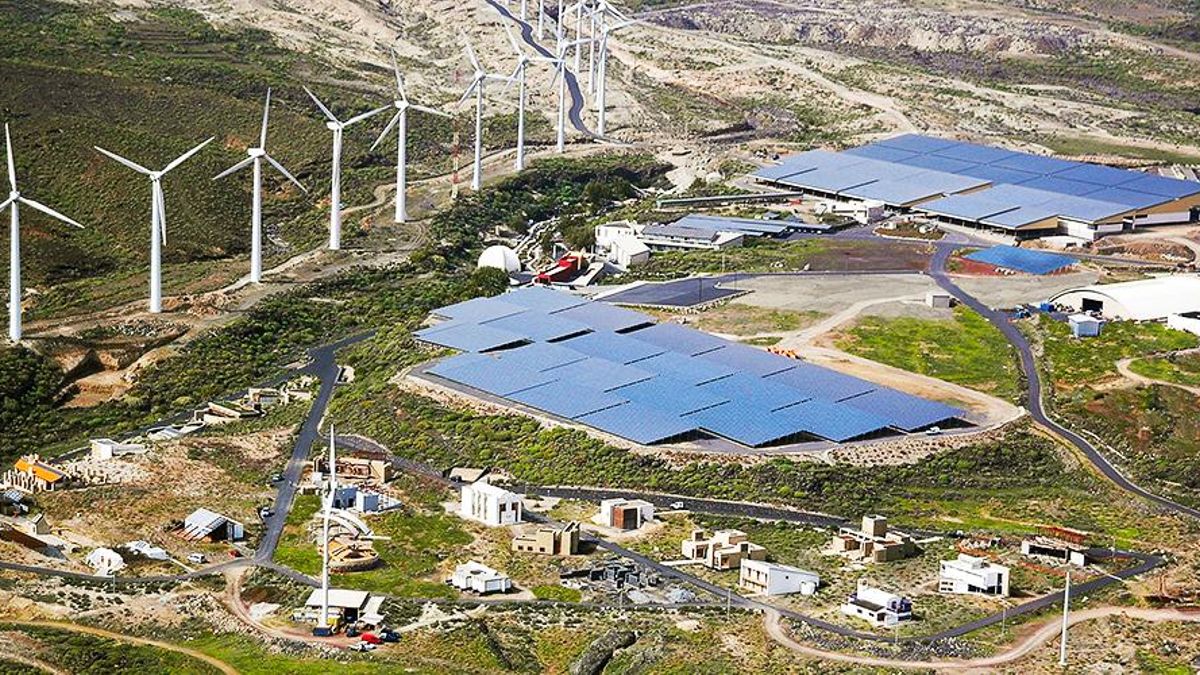In an archaeological site of the Mahos, located in the municipality of La Oliva (Fuerteventura), a place of immeasurable historical value that contains abundant archaeological material on the surface and is listed in the Archaeological Map, evidence of a Santería ritual has been found. This site, a testament to the life and culture of the island’s ancient inhabitants, is in a state of complete neglect by the island administration. The lack of protection and maintenance has turned the site into an improvised dumping ground, where all kinds of waste, from plastics to organic refuse, accumulate, exacerbating its deterioration. In this context of negligence, the site has been desecrated by a ritual that further compromises its integrity. Santería Ritual at an Archaeological Site in Fuerteventura

The remains of the ritual found at the site include partially burned candles arranged in a ritualistic pattern, a circle of salt drawn on the ground, withered flower bouquets, and, particularly disturbing, heads of sacrificed animals, presumably used as offerings. These elements, characteristic of Santería rituals, not only disrupt the archaeological environment but also represent a direct affront to Fuerteventura’s cultural heritage. The presence of organic remains and foreign materials accelerates the degradation of the archaeological remnants, jeopardising their preservation for future generations.
The relationship of Santería with the dead, through rituals that aim to placate or invoke spirits, adds an unsettling component when such practices occur in vital places for the history of the Canary Islands, such as the Mahos sites. These sites, more than mere archaeological remnants, are living testimonies of the islands’ cultural identity, and their desecration constitutes an attack on collective heritage.
Regrettably, this practice is not an isolated incident in the Canary archipelago. In islands like Lanzarote and Gran Canaria, various archaeological sites have been the scene of similar rituals, highlighting a concerning lack of oversight and protection. In Tenerife, locations such as Playa del Socorro in Güímar and protected natural spaces like the Anaga Rural Park have also suffered from such intrusions, impacting both cultural heritage and ecosystems of significant ecological value. The repetition of these acts reflects a collective lack of awareness regarding the importance of preserving these spaces. Unfortunately, these intrusive practices occur throughout the other islands, as revealed by testimonies from our collaborators.


From the Colectivo Imastanen, we make a strong appeal to Canary society and the relevant authorities to take action against these practices. It is imperative that the public reports any acts that violate archaeological and natural heritage, informing local authorities or the Historical Heritage Service of the Cabildo. We also urge the administration of Fuerteventura to take responsibility for protecting this site by implementing urgent measures for cleaning, fencing, and monitoring to prevent further damage.
Preserving our heritage is a collective duty that connects us to our roots and ensures that future generations can know and value the cultural wealth of the Canary Islands.
Santería Ritual at an Archaeological Site in Fuerteventura













